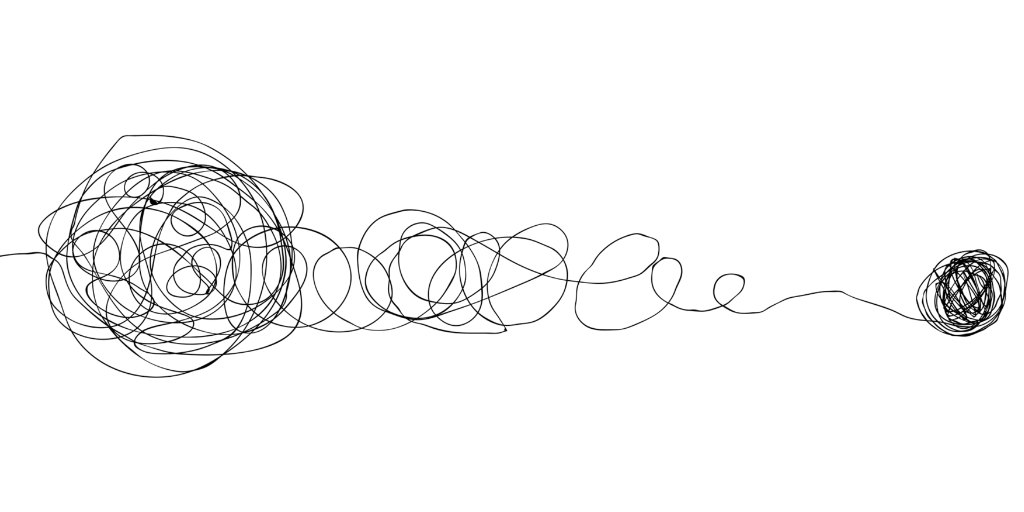In Givers, Doers, & Thinkers, Alicia Manning explains that philanthropists needs a “high tolerance for dissonance.” Human life is messy, not uniform, and humane philanthropy embraces that.
Last Wednesday we released the first episode of “Givers, Doers, & Thinkers,” Philanthropy Daily’s new podcast.
We kicked things off with Alicia Manning, senior program director for the Lynde and Harry Bradley Foundation in Milwaukee. Jeremy and Alicia have known each other many years and they put together an excellent first episode with a conversation that was far reaching, sometimes surprising, and covered some of the basics of professional philanthropy while also getting into the details.
Alicia has the rare skill of being critical of peer organizations while remaining generous toward those she is criticizing. In speaking of overly bureaucratic philanthropists, she’s clear that their approach “is a mistake,” but she tempers her criticism: “I think they come by that impression honestly.”
There’s an intellectual integrity in that judgment which makes Alicia’s recommendations compelling and trustworthy—and valuable, insofar as her approach to philanthropy is more humane (and ultimately more effective) than so much of the professionalized, bureaucratic drivel that hamstrings the majority of grantmaking foundations.
DISSONANCE IN PHILANTHROPY
But perhaps the most interesting part of the conversation came about halfway through, as Jeremy and Alicia stumbled into some of the more pernicious approaches to philanthropy, wherein philanthropists fly into a situation, confident they have all the answers and the initiatives to solve the problems. In so doing they become less a philanthropist than the driver of the undertaking. But this overconfidence limits the longevity of the endeavor and, more to the point, suffers from the donor’s inevitable lack of “on the ground” understanding.
Jeremy notes that stepping back as a philanthropist, refraining from being too hands-on, requires humility. Yes, Alicia agreed, but—more than just humility, it requires patience and “a high tolerance for dissonance” or, as she describes it, messiness.
When done well, philanthropy requires “dissonance” in the giving portfolio because each group acting at the personal level simply cannot solve all of the problems, cannot meet all of the needs of different groups of individuals in a community. Good philanthropy understands this and invests in different groups doing different things in different ways.
PRUDENCE IN PHILANTHROPY
This opposition to “one-stop shop” philanthropy is interesting, as it echoes one of Aristotle’s greatest insights. Aristotle describes “prudence” as doing the right thing, in the right way, in the right place, at the right time. That means, of course, that the prudent person is doing different things at different times and in different places.
Similarly for the philanthropist, then, the “prudent philanthropist” would find herself supporting different groups doing different things in different ways. And this diversity, this “messiness,” is simply a hallmark of human life. Aristotle’s genius was precisely in understanding that messiness is inextricable from our lives, our relationships, our communities. While other great minds had attempted to codify and concretize the path to human happiness, Aristotle understood that human life was too messy, and so prudence was the only way to navigate the virtues—and that prudence could not be defined too strictly. As elsewhere, the virtues of living well—in this case, exercising prudence—correspond to virtuous philanthropy—again, exercising prudence in grantmaking.
It is lamentable, then, that few professional philanthropists understand the need for dissonance, that the only way to truly improve communities is to permit and even promote the messiness that comes with human life.
RELATIONSHIPS IN PHILANTHROPY
This was far from the only intriguing part of Jeremy and Alicia’s conversation, though I found it particularly illuminating. It’s worth checking out the entire episode to hear the rest of Alicia’s insights—about the difference between “transactional philanthropy” and “transformational philanthropy,” some of her specific examples of successful nonprofit leaders, and the importance of forming relationships and trusting other people.
Jeremy ends the conversation presenting Alicia with a thought experiment: a wealthy businesswoman wants to take $20 million to improve her local community. What do you recommend? How does she give the money away well?
I found Alicia’s answer surprising.






